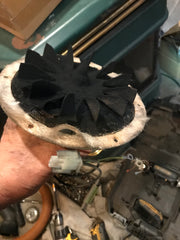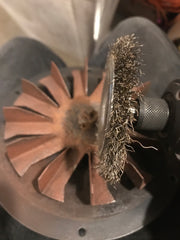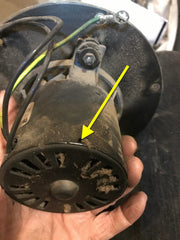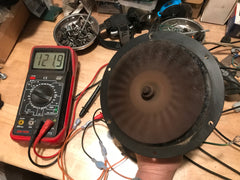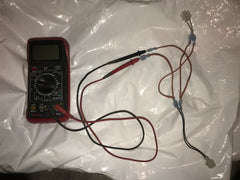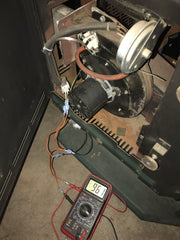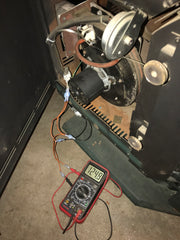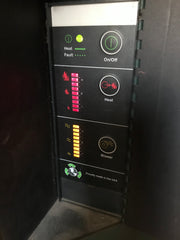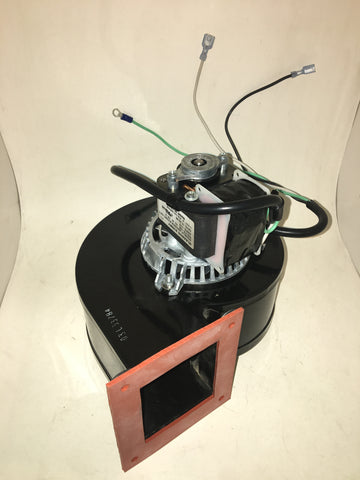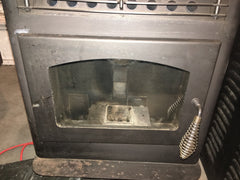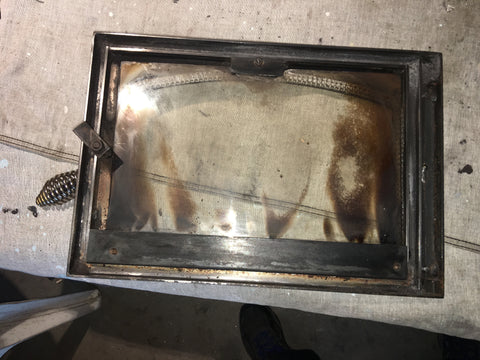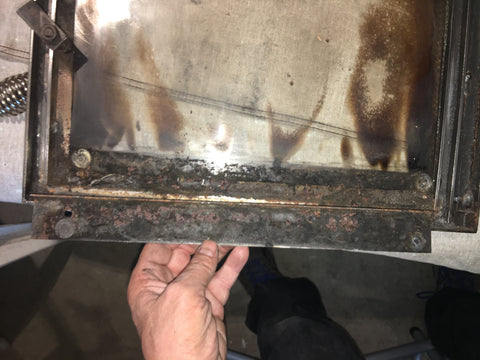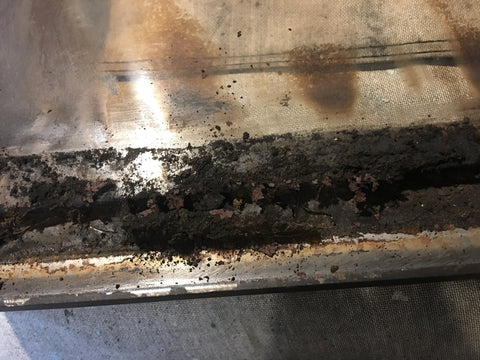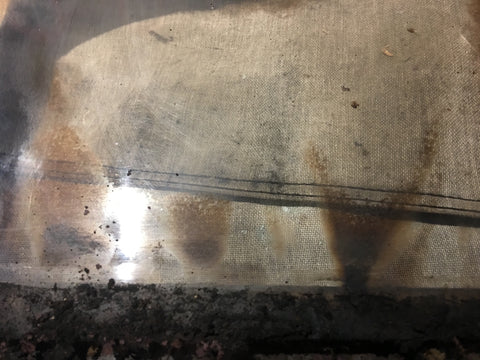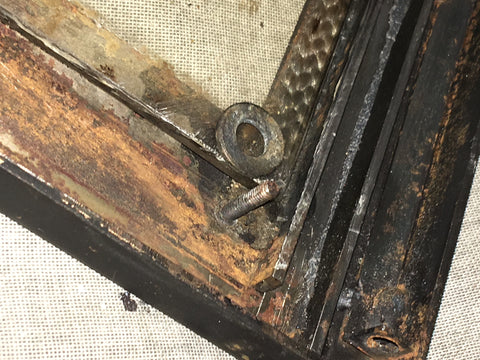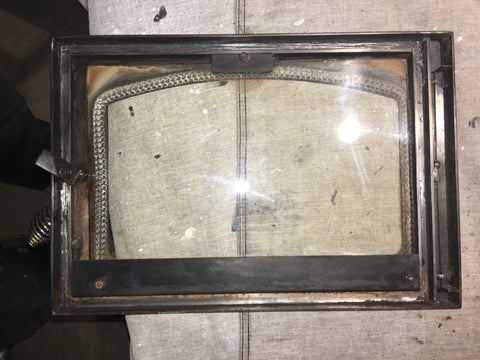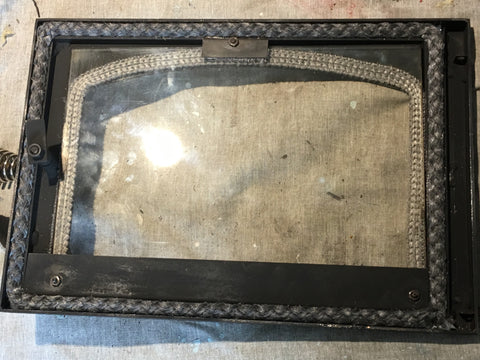If your stove is not feeding pellets within 15 mins, you may need to replace the thermocouple. However check the thermostat screw terminals on the stove to make sure they are tight. If not then when the stove warms up and the heat expands the connection then the connection can open and also cause the stove to shut down.
Thermocouple failure is common in Quadra-Fire pellet stoves. The thermocouple acts as a proof of fire, which means it senses the heat from the flame in the firepot. You may still see a flame, but the thermocouple won't sense it. (If there's no flame and the igniter isn't warm, it is a bad igniter.) If it doesn't sense heat 15 minutes after the stove turns on, it will stop the auger from feeding pellets and it will stop the stove for safety reasons. Make sure your stove and venting is clean and the fire door and ash pan gaskets are good, creating a tight seal. Also, check to see if there are pellets in the hopper. If it did run out of pellets then hit the reset a few times to fill the auger chute and see if they start dropping. If you've checked all these things and the snap discs and vacuum switches are good, then usually it is most likely a bad thermocouple.

Look for what Quadra-fire calls the amber colored light on the clear control box of newer pellet stoves. It is a yellowish color. This indicates a thermocouple error. After the stove is turned on, the blue light will flash, then the amber light will flash 3 times.The older gray control box does not have the amber error light.
See video of thermocouple error light:
Quadrafire CB1200 not starting - Control Box Amber light Blinks 3 times not feeding pellets - YouTube
There are basically 2 possible reasons why your thermocouple may be bad. Here's what to check:
1. If the stove does not fire up after the blinking yellow light or after you've determined pellets are not dropping and you confirmed it isn't the igniter, this means that the thermocouple is somehow disconnected from the control box. The horseshoe connectors that slip under the black screw terminal block are loose or broken, or the wire itself is severed. It is also possible that the connectors inside the metal box that protrude out of the back of the black terminal block have a bad connection. Unplug them and plug them back in to check. Breaks often happen inside the thermocouple cover from the intense heat from the fire. Remove the cover to check.

2. If the stove does fire up and will not continue to run but can be made to run by pressing the reset button and it feeds more pellets. This is still a bad thermocouple but the wire is neither severed nor disconnected, so there is no 3 flashes of the amber light on newer stoves.
First make sure the end of the thermocouple is pushed all the way into the thermocouple cover.
If that is the problem, you can find the upgraded thermocouple bracket here to fix it:
Quadrafire Thermocouple upgraded Bracket with set screw - 812-3171 | East Coast Hearth

If that does not keep the pellets feeding after firing it up then replace the thermocouple.
The best way to test this thermocouple is to measure the voltage:
This K type thermocouple voltage changes 40 uV per degree C. In startup mode, the green light turns on at about 2.7 mV (+/- 0.5mV) which indicates startup mode; the red light turns on at about 12.0 mV (+/- 1 mV) to indicate run mode. Therefore in run mode a good flame of 1,000 Deg C should read about 30mv. If you read anywhere from 12 mv to 30 mv then you are in the ballpark. If it reads less than 12 mv with a good flame, then it should be replaced.
You can find the thermocouple here:
34-3/4" long for large FS stoves - see model #s in link below
Quadra-Fire Thermocouple. 34 3/4 in long- 812-0210 | East Coast Hearth
14" long for smaller stoves - see model #s in link below
Quadra-Fire Thermocouple. 14 in long- 812-4470 | East Coast Hearth
Replacing the thermocouple:
1. Loosen the 2 screws on the terminal block and removing the leads.
2. In the firepot loosen the bolt on the thermocouple bracket, remove the white thermocouple cover, and push the thermocouple wire down through the hole in the fire box and out the side.
3. If the brand new thermocouple does not work, try reversing the leads where it is connected to the terminal block. The wiring on some stoves may vary, so you'll have to switch the leads.
Now you know everything you need to know to fix a broken thermocouple and get those pellets dropping again.













